Rug History: From Nomadic Tribes to Modern Homes

Rugs and carpets are considered key decorative and functional accessories for homes and offices. But did you know that they have a unique and rich history? Surprisingly, only a part of the interesting rug history is known.
Let’s learn about the fascinating journey of rugs that spans thousands of years, from ancient nomadic tribes to modern spaces.
The Origin of Rugs
The ancient rug's origin can be dated back to 000 BC. The earliest known civilizations, including Egyptians and Mesopotamians, used organic materials like animal skins, grass, and reeds to weave rugs, which were primarily used to keep the cold ground warm.
Nomadic Tribes and Rugs
The rug-making tradition continued as nomadic tribes used them as portable wall and floor coverings. It is recorded that the nomads often used rugs as saddle blankets, which helped them stay warm during the cold weather.
Nomadic rugs were made using organic materials like wool, camel, and goat hair. Since these rugs were made using organic materials which would decompose over time, there are few surviving old rugs. However, the oldest known rug is the Pazyryk carpet, which dates back to 500 BC.
Oriental and Persian Rugs
As civilizations continued to grow, the carpet weaving traditions improved, which led to the creation of fancier rugs. Persians perfected the art of rug weaving through their high-quality craftsmanship and integrated precious metals with organic materials to create intricate designs in vibrant colours.
The spread of Islam to different parts of the world also influenced rug history greatly, as that's when geometric patterns and calligraphy were blended into rug weaving.
Historical Rugs in Europe
As trade routes were established between Europe and the Middle East, the weaving traditions spread across the regions. Persian hand-woven rugs became more common in European palaces, and soon, the natives mastered the intricate art of weaving rugs.
Modern-Day Rug Production
Following the Industrial Revolution, mechanised rug production became more common, resulting in the manufacturing of more affordable rugs. Hence, rugs became more accessible to the masses.
While hand-woven rugs are still available and hold great artistic value, most rugs used today in homes and offices are mechanically manufactured.
Modern rugs and carpets are available in a wide range of materials, colours, designs, and styles and can elevate the décor and functionality of any indoor or outdoor space.

The Evolution of Rugs – From Nomadic Floors to Modern Spaces
Everything on this planet has evolved, and rugs and carpets aren't an exception. Centuries ago, rugs were hand-woven using organic material and were primarily used as ground coverings. However, today, rugs serve both functional and decorative purposes at home and in offices.
Rugs provide warmth and add depth, texture, and decorative appeal to your interior. Moreover, they can also be used to separate and define different areas of your space, adding to the overall functionality of your home or office interior.
Whether you’re looking for rugs to improve the aesthetic appeal of your space or want carpets to upgrade their functionality, visit The Rugs today. Choose from our exquisite and enduring rugs that you can also get at significant discounts.
Origin of Rugs: Tracing the Roots of Floor Coverings
The origin of rugs dates back thousands of years, with evidence suggesting their existence as early as 3000 BC. These early floor coverings were primarily functional, providing insulation and comfort in nomadic dwellings. The oldest known rug, the Pazyryk carpet, discovered in Siberia, dates back to the 5th century BC. As civilisations developed, rugs evolved from simple animal hides to intricately woven textiles, reflecting the cultural and artistic expressions of various societies. The art of rug-making spread along trade routes, with different regions developing unique styles and techniques that continue to influence modern rug design.
Origin of Rug Making: Ancient Craft to Modern Art
The origin of rug making is deeply rooted in ancient civilisations, with techniques evolving over millennia. Early rug makers used simple weaving methods with natural fibres like wool, cotton, and silk. The development of the hand-knotted technique, believed to have originated in Central Asia, revolutionised rug making, allowing for more intricate designs and greater durability. As the craft spread, different regions developed their own distinctive styles and motifs, influenced by local cultures and available materials. From the nomadic tribes of Persia to the workshops of Europe, rug making has transformed from a practical craft into a highly valued art form, blending traditional techniques with modern design sensibilities.

Origin of Rug Hooking: Folk Art from North America
Rug hooking, a distinctive technique in textile art, has its origins in 19th century North America. This craft emerged as a practical solution for creating warm floor coverings from scraps of fabric. Early rug hookers used simple tools to pull loops of fabric through a backing material, typically burlap. The technique gained popularity in rural communities, particularly in the northeastern United States and Canada, where it evolved into a folk art form. Rug hooking allowed for creative expression using readily available materials, with designs often reflecting local traditions and personal stories. Today, rug hooking has grown into a respected craft, blending traditional techniques with contemporary artistic expression.
Origin of Persian Rugs: Artistry from Ancient Persia
Persian rugs, renowned for their exquisite craftsmanship, have origins dating back over 2,500 years. The art of Persian rug making flourished in ancient Persia, now modern-day Iran, becoming an integral part of Persian culture and artistry. These rugs were initially created for practical purposes in nomadic tribes but evolved into symbols of wealth and artistry in urban centres. Persian rug making reached its zenith during the Safavid Dynasty (1501-1736), when court-sponsored workshops produced rugs of unparalleled quality and design. Characterised by intricate patterns, rich colours, and superior knotting techniques, Persian rugs have influenced rug making worldwide and continue to be highly prized for their beauty and craftsmanship.

Origin Rugs Warrawong: Australian Perspective on Rug Heritage
While "Origin Rugs Warrawong" might refer to a specific location or business in Australia, it's worth noting the broader context of rug appreciation in the country. Australia, with its diverse cultural influences, has developed a unique perspective on rug heritage. The country's rug market blends imported traditional styles with contemporary local designs. Australian rug enthusiasts often appreciate both the rich history of imported rugs from traditional rug-making regions and the emerging local rug industry that reflects Australia's own cultural diversity and artistic expressions. The appreciation for rugs in places like Warrawong demonstrates the global reach and enduring appeal of this ancient art form.
Origin Rugs UK: British Influence on Rug Culture
The UK has played a significant role in the global rug trade and appreciation, influencing the "Origin Rugs UK" concept. British involvement in rug culture intensified during the Victorian era, when Oriental rugs became highly fashionable in British homes. The UK became a major importer and distributor of rugs from traditional rug-making regions, particularly Persia and India. This trade not only brought exquisite rugs to British shores but also influenced local textile production. Today, the UK rug market is diverse, offering a blend of imported traditional rugs and contemporary designs, some produced by British designers and manufacturers. The "Origin Rugs UK" concept often reflects this rich history of rug appreciation and the ongoing evolution of rug design in Britain.
Where Did Rugs Originate: Tracing Global Roots
Rugs originated in multiple regions across the ancient world, with evidence of early floor coverings found in various civilisations. The earliest known rugs are believed to have originated in Central Asia, particularly in regions that are now part of modern-day Iran, Turkey, and Mongolia. These early rugs were primarily functional items used by nomadic tribes for insulation and comfort. As civilisations developed, rug making spread to other parts of Asia, the Middle East, and North Africa. Each region developed its own unique styles and techniques, contributing to the rich diversity of rug-making traditions we see today. The art of rug making eventually spread to Europe and the Americas, further evolving and adapting to local tastes and needs.
Why Were Rugs Invented: Practical Origins to Artistic Evolution
Rugs were initially invented to serve practical purposes in ancient societies. The primary reasons for their invention include:
- Insulation: Rugs provided warmth and insulation from cold floors in homes and tents.
- Comfort: They offered a soft surface for sitting and sleeping, especially important for nomadic cultures.
- Protection: Rugs served as barriers against dirt and moisture, particularly in dwellings with earthen floors.
- Portability: For nomadic tribes, rugs were easily transportable floor coverings and wall hangings.
As civilisations developed, rugs evolved beyond their practical origins to become:
- Artistic Expression: Rugs became canvases for cultural and personal artistic expression.
- Status Symbols: Finely crafted rugs became indicators of wealth and social status.
- Religious and Cultural Significance: Many cultures incorporated rugs into religious practices and cultural traditions.
This evolution from purely functional items to objects of art and cultural significance highlights the enduring importance of rugs in human society.

History of Rugs: A Journey Through Time and Cultures
The history of rugs is a rich tapestry woven through millennia of human civilisation. The earliest known rug, the Pazyryk carpet, dates back to the 5th century BC, discovered in a Scythian tomb in Siberia. However, the art of rug making is believed to have originated much earlier, possibly in Central Asia or the Middle East.
Key milestones in rug history include:
- Ancient Civilisations: Egyptians, Mesopotamians, and Chinese developed early weaving techniques.
- Persian Empire: Rug making flourished, reaching its peak during the Safavid Dynasty (1501-1736).
- Silk Road: Facilitated the spread of rug-making techniques and designs across cultures.
- Islamic Golden Age: Saw significant advancements in rug design and production.
- European Renaissance: Increased trade brought Oriental rugs to Europe, influencing local textile production.
- Industrial Revolution: Introduced mechanical production methods, making rugs more accessible.
- 20th Century: Saw a revival of traditional techniques alongside modern design innovations.
Throughout history, rugs have reflected the artistic, cultural, and technological developments of their times, evolving from simple floor coverings to highly valued works of art and design.
Where did rugs originate?
Rugs originated in Central Asia, with the oldest known rug, the Pazyryk carpet, dating back to the 5th century BCE. Nomadic tribes developed rug-making techniques as a practical solution for insulation and portability, eventually evolving into an art form.
What do Muslims call the rug?
Muslims refer to their prayer rug as a "sajjadah" or "namazlik". These rugs are used to provide a clean, sacred space for daily prayers and are an important part of Islamic culture.
Is rug British or American?
The term "rug" is used in both British and American English. However, in British English, "rug" often refers to a smaller floor covering, while in American English, it can describe floor coverings of various sizes.
Are Turkish or Persian rugs better?
Both Turkish and Persian rugs are renowned for their quality. The "better" choice depends on personal preference. Persian rugs often feature more intricate designs, while Turkish rugs are known for their bold colors and geometric patterns. Both have rich histories and exceptional craftsmanship.
Why do Muslims have so many rugs?
Muslims often have multiple rugs due to the importance of prayer in daily life. Prayer rugs provide a clean space for the five daily prayers and are also used in mosques. Additionally, rugs hold cultural and decorative significance in many Muslim-majority countries.
Is a Persian rug from Iran?
Yes, authentic Persian rugs are from Iran, formerly known as Persia. These rugs are renowned for their intricate designs, high-quality materials, and traditional weaving techniques that have been passed down through generations.
What is a Turkish rug called?
Turkish rugs are often called "kilims" or "hali". Kilims specifically refer to flat-woven rugs without pile, while hali is a more general term for carpets or rugs in Turkish.
Why do Turks rub their face after praying?
This practice is not specific to Turks but is common among Muslims. After prayer, many Muslims gently rub their faces with their hands as a gesture of transferring the blessings of the prayer to themselves.
Do Jews pray on rugs?
Unlike Muslims, Jews do not typically use prayer rugs. However, some Jews may use a "tallit" (prayer shawl) or stand on a small carpet during prayer, especially in synagogues.
What country is famous for rugs?
Several countries are famous for rugs, but Iran (Persia) is particularly renowned. Other countries with strong rug-making traditions include Turkey, Afghanistan, India, and Morocco, each with their unique styles and techniques.
What do Americans call rugs?
Americans generally use the term "rug" for smaller floor coverings and "carpet" for wall-to-wall floor coverings. Terms like "area rug" or "throw rug" are also common for specific types of rugs.
Do Asians use rugs?
Rug use varies across Asian cultures. While Central Asian countries have strong rug-making traditions, East Asian countries like China and Japan traditionally use tatami mats or wooden floors. However, modern Asian homes often incorporate rugs as decorative elements.
Why are Turkish rugs expensive?
Turkish rugs are expensive due to their handcrafted nature, high-quality materials (often silk or wool), and intricate designs. The time-consuming process, cultural significance, and centuries-old techniques contribute to their value.
How can you tell if a rug is Turkish?
Identify a Turkish rug by its:
- Bold, geometric patterns
- Vibrant colors
- Symmetrical knots (Ghiordes knots)
- Wool or silk materials
- Cultural motifs like the Tree of Life or Evil Eye
How long do Turkish rugs last?
Well-maintained Turkish rugs can last for generations, often 100 years or more. The longevity depends on factors like material quality, usage, and care. Regular cleaning and proper storage significantly extend a rug's lifespan.
Why do middle easterners love rugs?
Middle Easterners value rugs for their:
- Cultural and historical significance
- Practical use in harsh desert climates
- Artistic expression of regional traditions
- Religious importance, especially in Islamic cultures
- Economic value as heirlooms and investments
Do Muslims wash their bottoms?
Yes, Muslims practice "istinja", which involves washing the private parts after using the toilet. This is part of the Islamic emphasis on cleanliness and hygiene.
Is throwing a prayer mat haram?
Throwing a prayer mat is generally considered disrespectful in Islamic culture. While not explicitly "haram" (forbidden), Muslims are encouraged to treat prayer mats with reverence as they are associated with worship.
Why is Persia known for rugs?
Persia (Iran) is famous for rugs due to its:
- Ancient rug-making tradition dating back thousands of years
- Exceptional craftsmanship and intricate designs
- High-quality materials like silk and wool
- Cultural significance of rug-making in Persian society
- Diverse regional styles and patterns
Did Vikings have rugs?
While not as elaborate as Persian or Turkish rugs, Vikings did use simple woven rugs and animal hides as floor coverings. Archaeological evidence suggests they had basic weaving techniques for creating functional floor coverings.
What religion uses rugs?
Islam is the religion most commonly associated with the use of rugs, specifically prayer rugs. However, rugs also hold significance in some Buddhist and Hindu practices, though not as centrally as in Islam.
Who invented the Persian rug?
The exact inventor of the Persian rug is unknown, as the craft evolved over thousands of years. The earliest known Persian rug, the Pazyryk carpet, dates back to the 5th century BCE. Rug-making in Persia likely developed from ancient nomadic traditions.
Did Egyptians have rugs?
Ancient Egyptians did use rugs, though they were different from modern rugs. They created woven mats from reeds and palm fibers. More elaborate textile floor coverings were used in wealthier households, showcasing the early stages of rug-making in the region.
Related Blog Posts
The Timeless Elegance of Persian Rugs: A Deep Dive into Artistry and Craftsmanship
The History of Oriental Rugs: From Ancient Persia to Modern Décor
Antique Rugs: A Collector's Guide to Timeless Treasures
Related Rug Collections




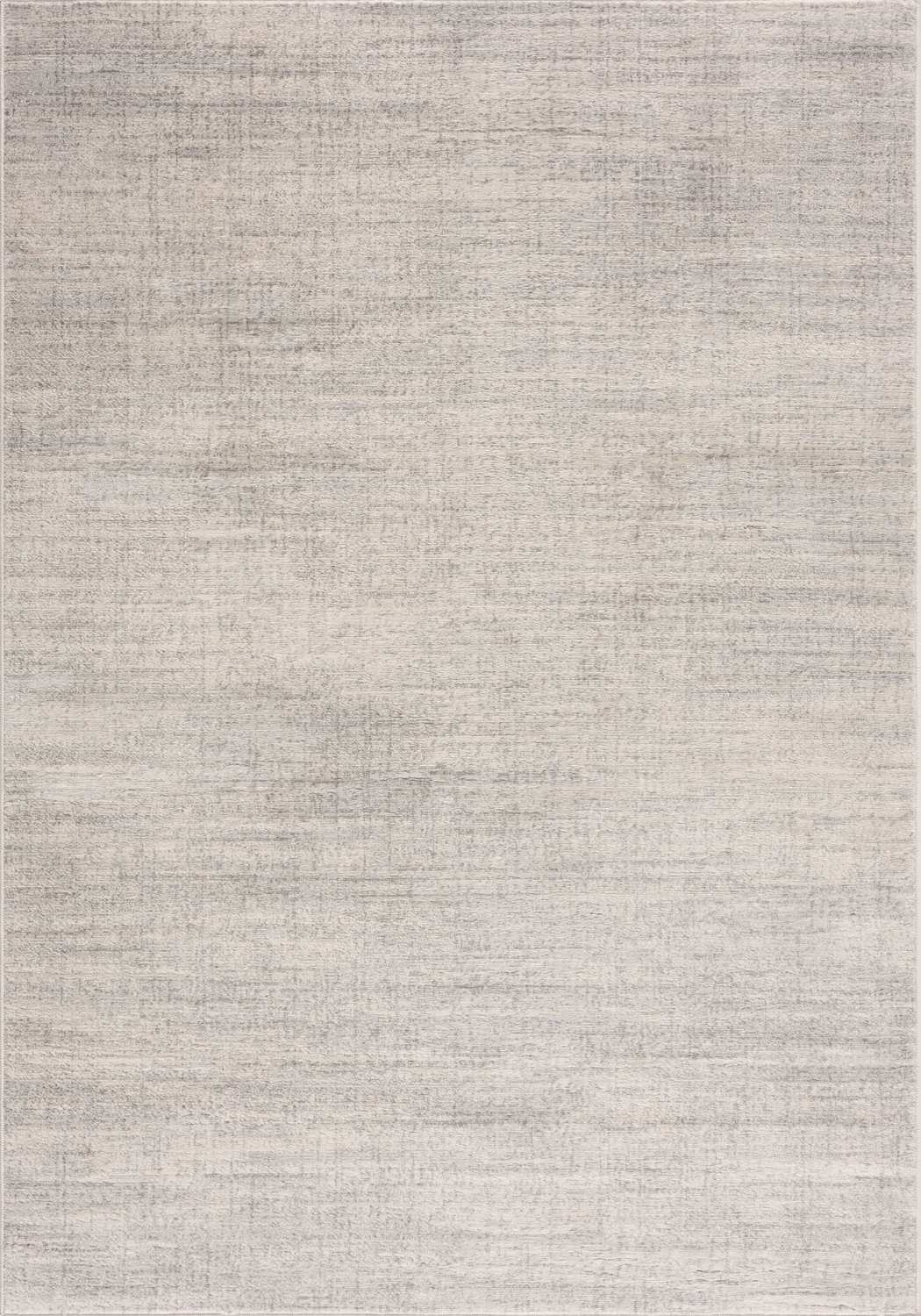
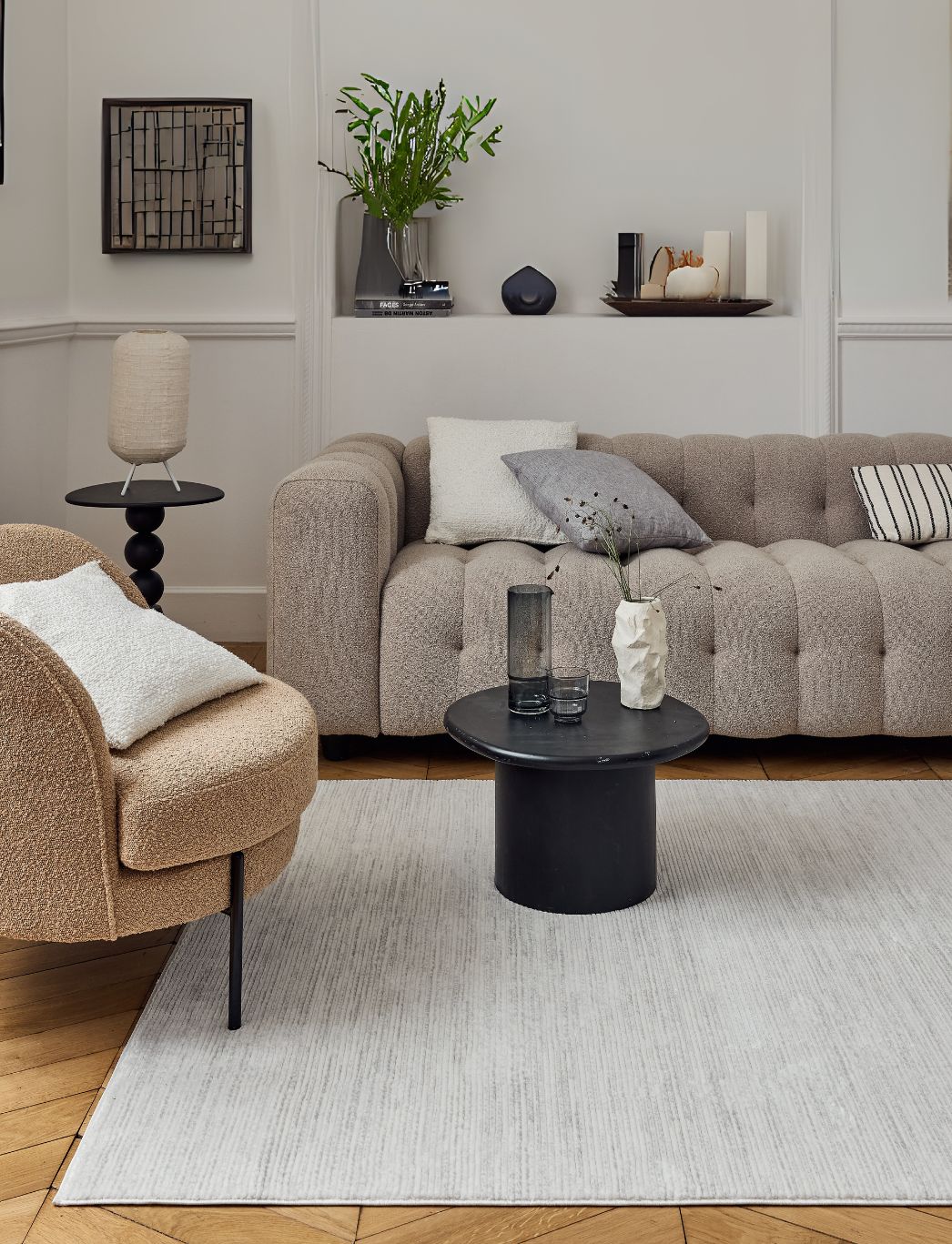

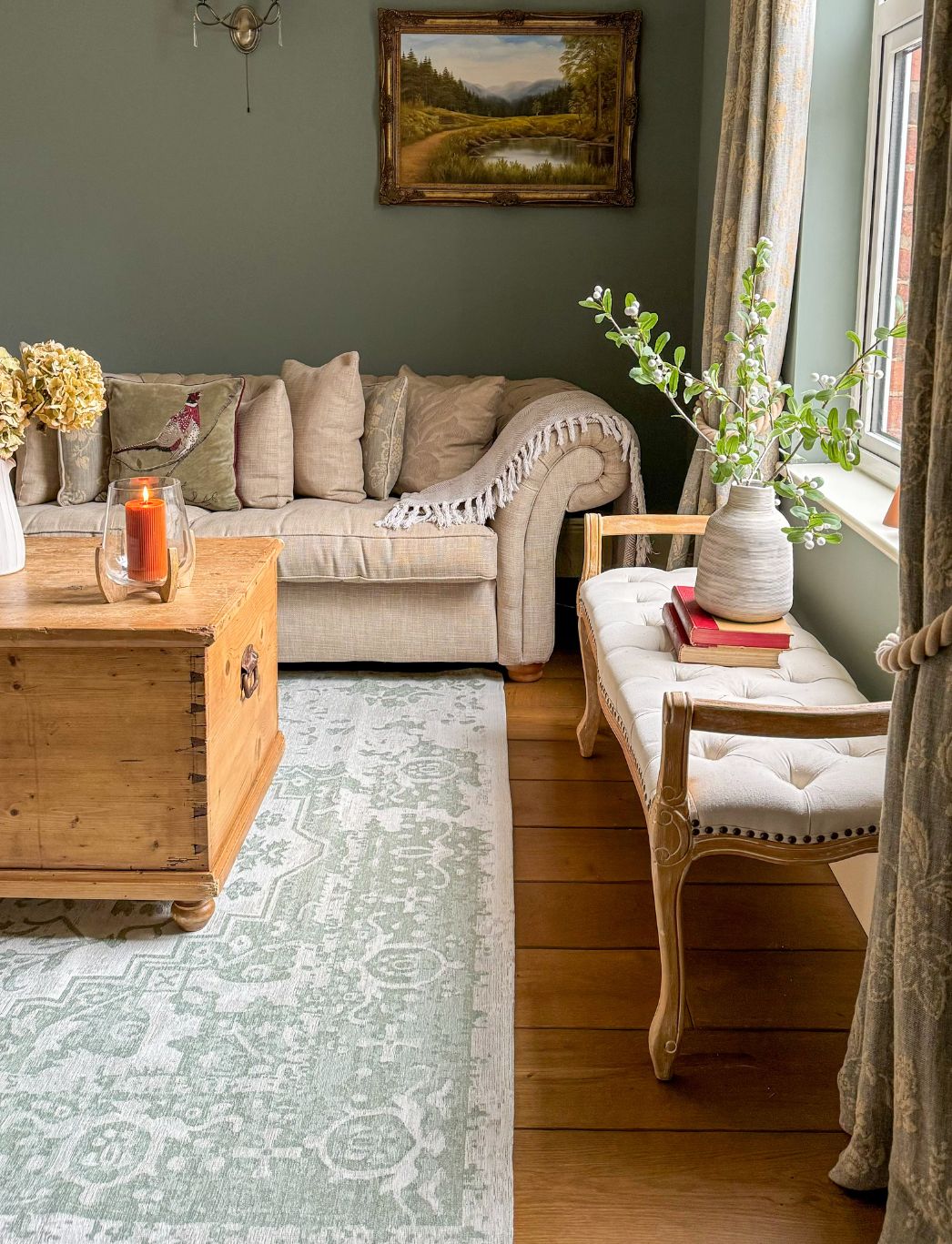
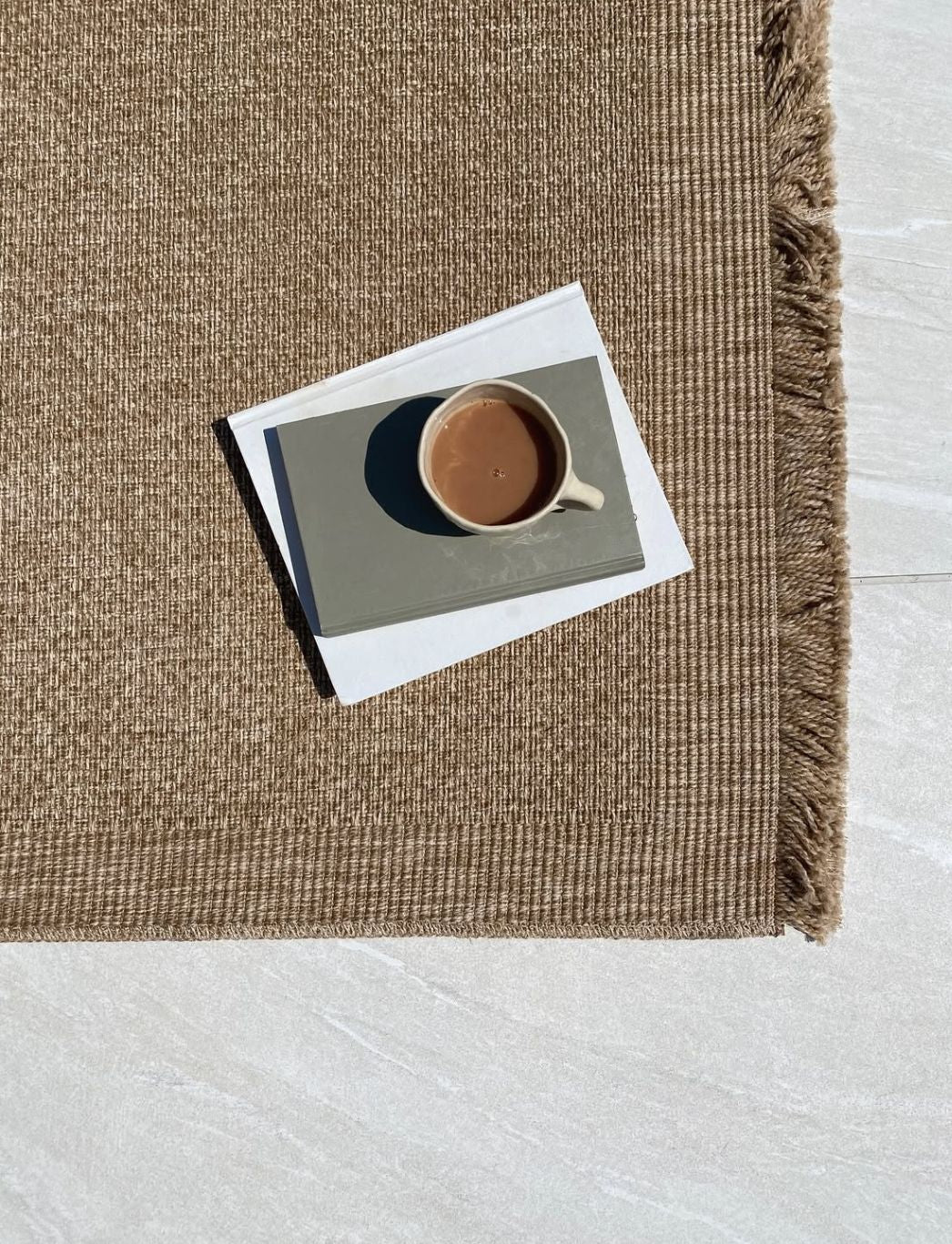
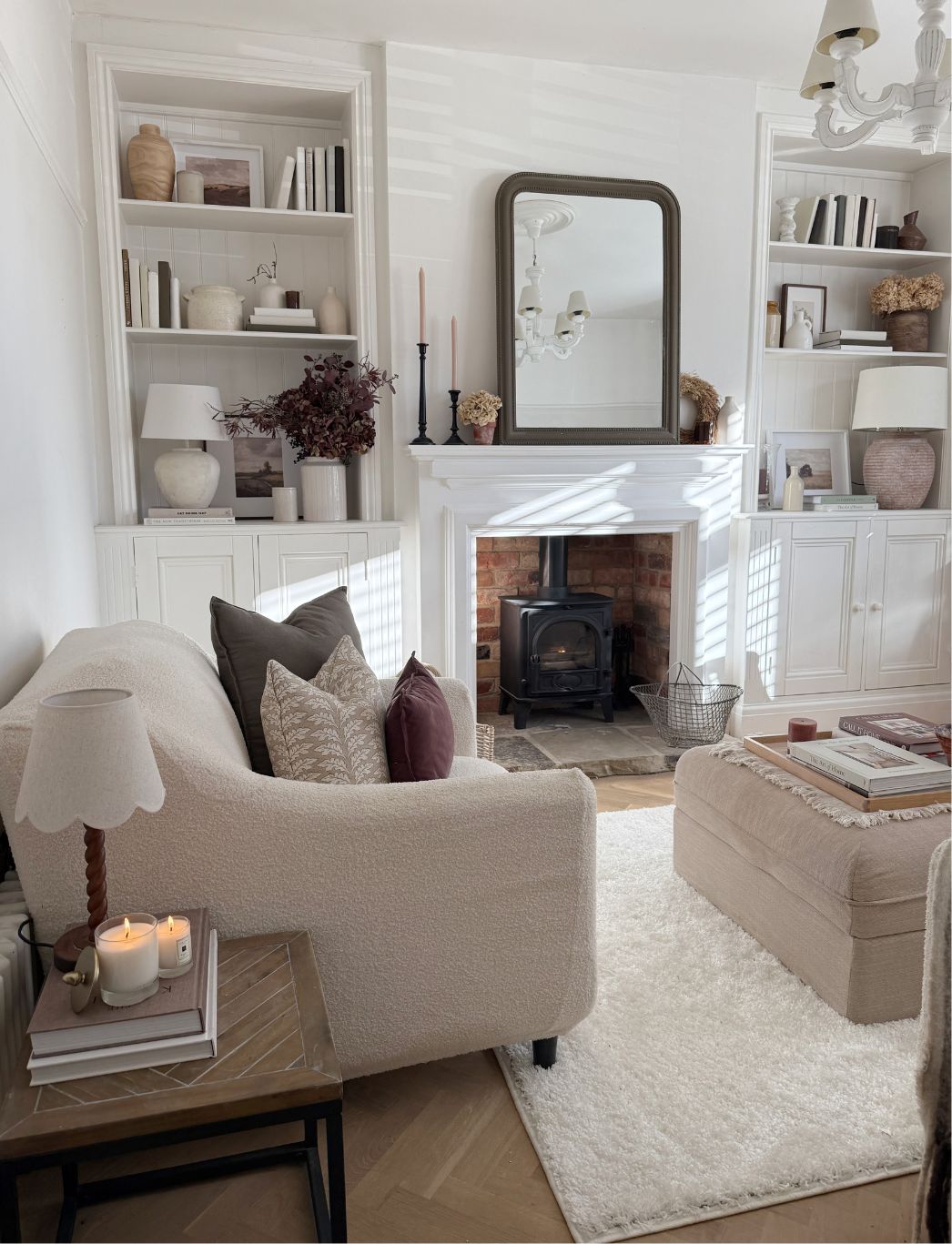
Leave a comment